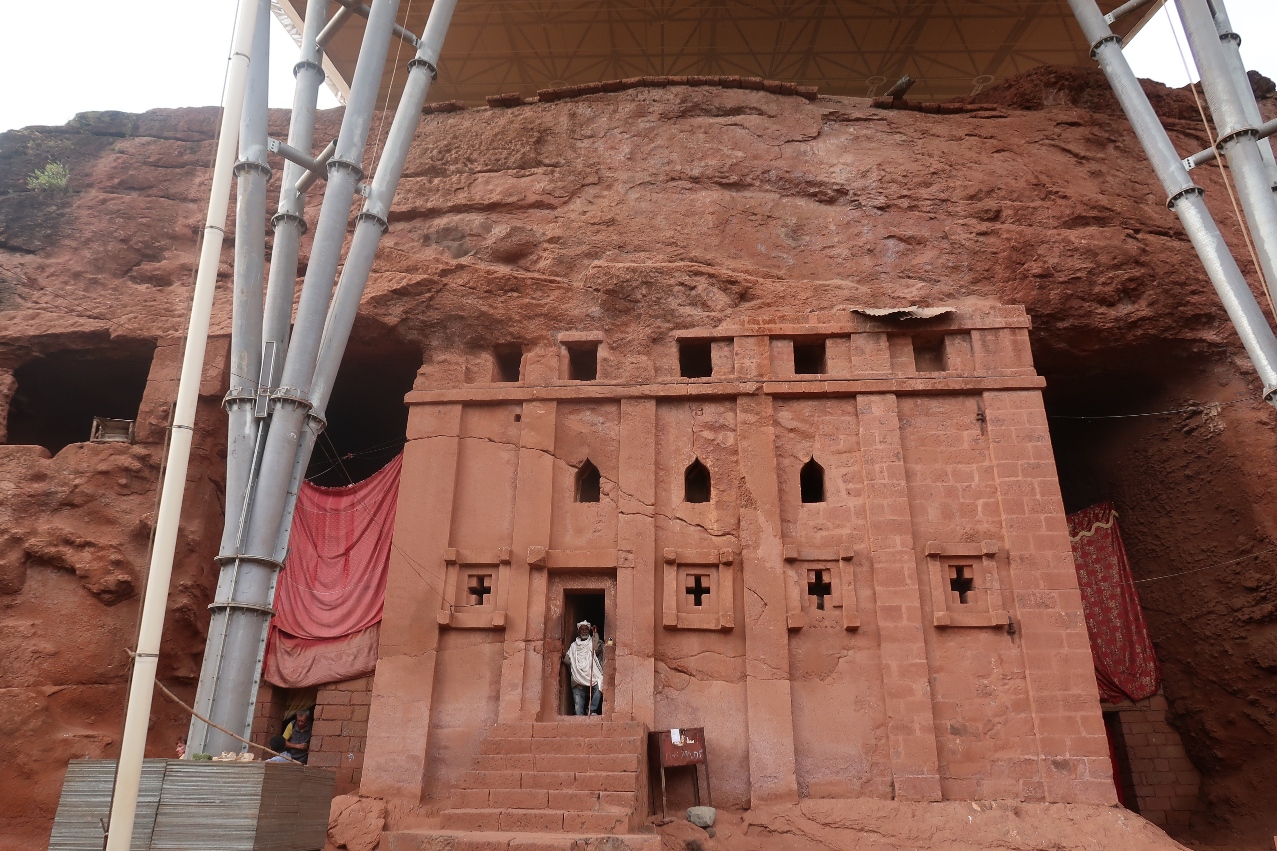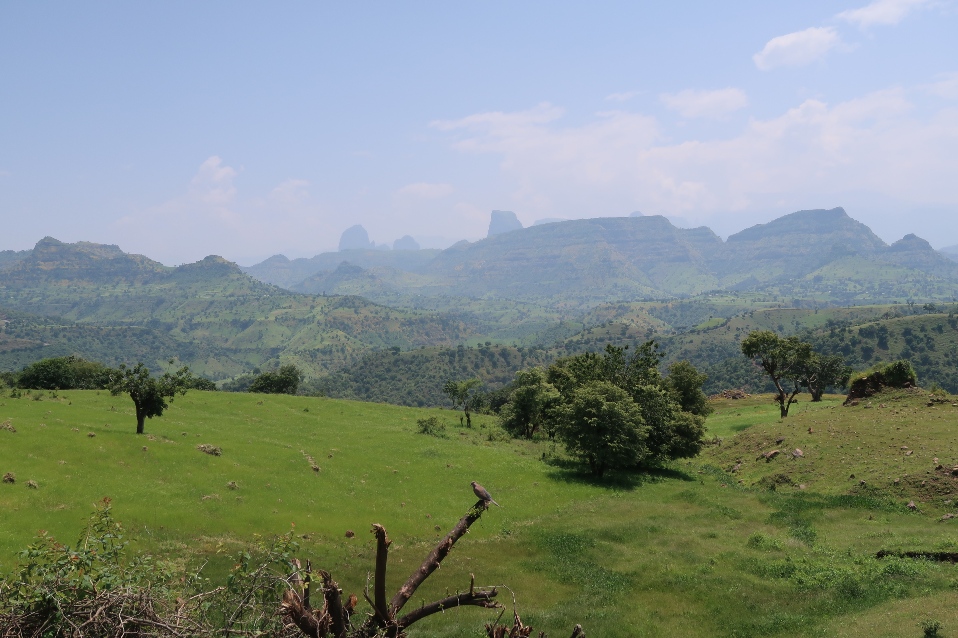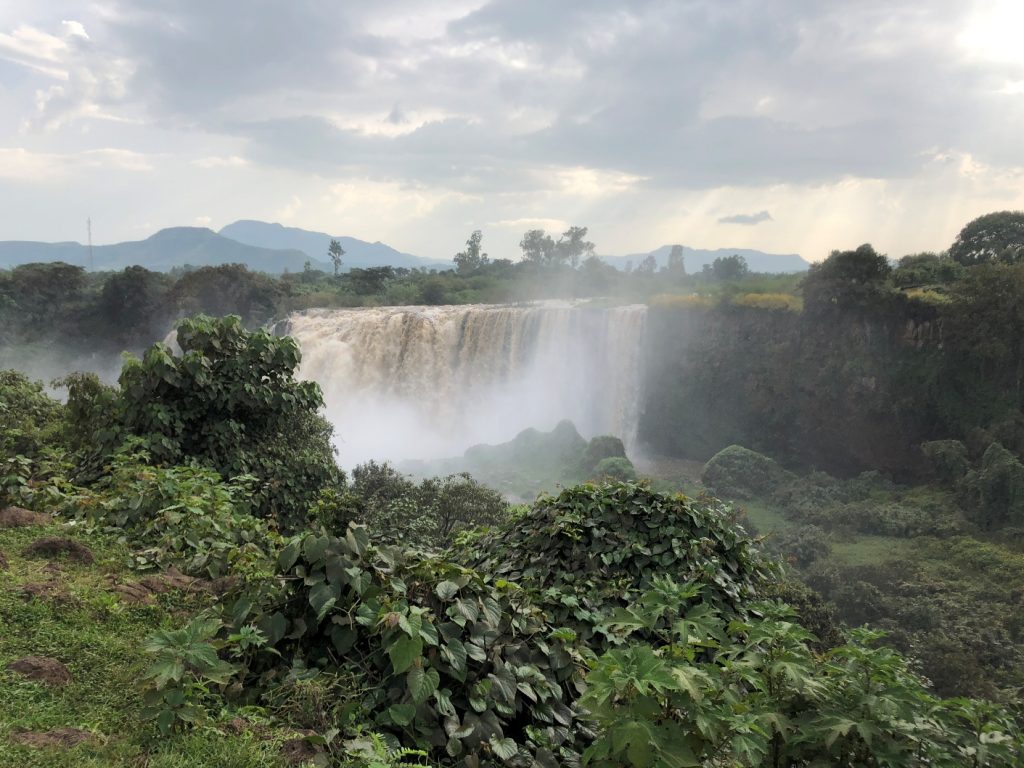Ethiopia is proud of the fact that it was never colonised. Mussolini and Italy briefly attempted in 1935, attacking from Eritrea, but to no avail. It is a vast country with many natural highlights including the Simien Mountains in the North, the source of the Blue Nile, and the Danakil Desert in the North East, consistently one of the hottest places on earth. It has wildlife unique to the region, remote tribes that maintain their old traditions and ancient churches bearing witness to the importance of religion to people over time. But apart from its many tourist sites, how is Ethiopia to travel in as a country? Well here is an introduction to some of the important things you need to know when visiting this beautiful country.
Location
Ethiopia is a huge landlocked country of over 1 million square kilometres in North East Africa, a region commonly referred to as the ‘’Horn of Africa.’’ It has borders with six countries, three between itself and the sea, Eritrea, Djibouti and Somalia, Uganda to the South, and South Sudan and Sudan itself to the West and North.
The Natural Environment
There is huge variety in Ethiopia. Its central plateau reaches 3,000 metres at some points with the Country’s highest peak over 4,500 metres. To its Western borders, the terrain is desert which contrasts enormously with the tropical forested region in the South.

This is the Northern end of the Great Rift Valley dividing plateau and mountain ranges. The Danakil near Eritrea is regularly described as a ‘’moonscape’’ while Lake Tana, one of many lakes in Ethiopia, is the source of the Blue Nile. It joins the White Nile at Khartoum in Sudan before flowing North into the Mediterranean.
History, Culture and Religion
Ethiopia is a great country to explore with its fascinating terrain. Aksum on the North West plateau was the home of the first civilisation in Ethiopia and research has revealed that early Christianity was embraced by the people. Over the years, they were at odds with the Muslim population down in the lowlands to the East.
Lalibela, the UNESCO World Heritage site, in Amhara is famous for its rock-hewn churches that are thought to have been built between the 7th and 13th Centuries. It remains an extremely important religious pilgrimage site. Read here if you want to know more facts about Lalibela.

Today, Christians outnumber Muslims two to one in the population of just over 100 million; the population has doubled in the last twenty five years. In addition to Christians and Muslims, there are a few of the Jewish faith and small numbers in the South follow traditional religions.
How to Get to Ethiopia
Virtually all international visitors arrive by air into Bole International Airport in the Capital, Addis Ababa. From there, the national carrier, Ethiopian Airlines runs regular domestic connections to 20 regional airports. Travellers who use Ethiopian Airlines for their international connection get a significant discount on domestic flights as a result. The Airline has around 90 scheduled flights to and from international destinations throughout the world.
Top Activities
Ethiopia has recently emerged from a repressive regime and is starting to make a mark on the tourist map. Here are some of the top things to do and see when planning a trip to Ethiopia:
- Addis Ababa is the normal starting point in Ethiopia. It is the Capital and poses beautiful churches and mosques, huge vibrant markets and a vibrant nightlife.
- Aksum is one of Africa’s oldest cities. The ruins of the ancient Aksumite Empire are seen all around the city. Legend says the Ark of the Covenant was in Aksum.
- Bahir Dar is the gateway to Lake Tana, the source of the Blue Nile with the old monasteries and the Blue Nile Falls the main attraction.
- The Danakil is strictly an area that tourists should only visit with an experienced guide.
- Gondar has a complex of castles with an interesting monastery in nearby Gorgora.
- Lalibela is Ethiopia’s top attraction and a UNESCO World Heritage site. St. Georges Cathedral is the most famous of a number of churches carved out of stone.
- Trekking in the Simien Mountains is a delight. The landscape is stunning, and the National Park has significant fauna.
- The Omo Valley is known for its tribes which live much as their ancestors have done for centuries. The Valley is in the South of Ethiopia with the Omo River flowing into Lake Turkana in Kenya. Safaris are on offer; hippos and crocs, gazelles and zebra.

Accommodation Types
While Addis Ababa has top quality hotels, the range of accommodation around the Country is varied and often simple. Tukuls are traditional thatched huts which visitors will find simple but perfectly adequate. Tented camps are another option and an eco-lodge is a great experience. There are a few places in popular regional destinations such as the Simien Mountains and Lalibela that rate as good quality hotels.
Climate and the Best Time to Visit
There are three general climate ‘’zones’’ with altitude an important factor.
- The lowland areas have an annual average temperature of 27C, but it must be remembered that parts of the Danakil are below sea level and suffers from temperatures reaching 50C at times. 50cm of rain can be expected each year.
- At heights of between 1800 and 2400 metres, there is up to three times as much rain annually with the average temperature dropping to 22C.
- Above 2400 metres, the average temperature falls to 16C with rainfall between 120 and 130 cms annually.
From these statistics it is clear that the weather is rarely uncomfortable. It is divided into four seasons, summer, June to August, sees the peak rainfall. Autumn, the following three months, are like spring in some ways and typically offers the most pleasant weather to visit the country in with little rain and flowers in bloom. The three months of winter are dry with a chance of frost. From March starts three months of spring, minimal rainfall with temperatures rising to a peak in May.
So what are you waiting for? Book your Ethiopia Tour to experience this rising destination unfold!

